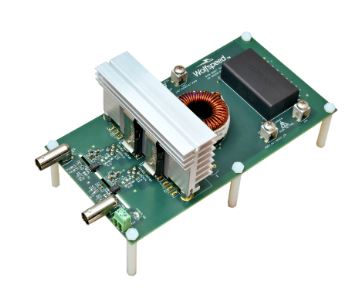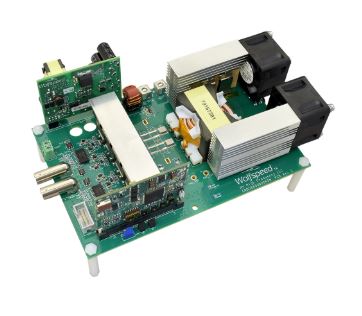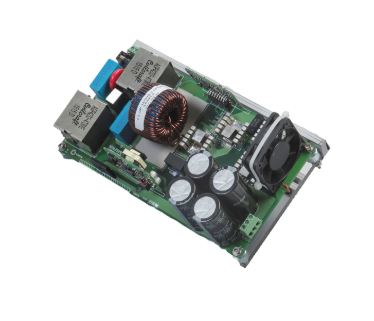Sustainability is an important factor in so many areas of daily life, and that includes power generation.
The demand for technology that supports the use of renewable resources has been increasing, and it only makes sense that how we transmit and transform that power must also be sustainable. Silicon carbide (SiC) power components have the potential to significantly increase the sustainability of renewable power and the technology that makes it possible.
The Rapid Growth of Solar Power Generation
According to Statista, US net solar power generation reached its highest levels in 2018 at 66.6 gigawatt-hours. This rapid level of growth has been taking place since 2011 when the net solar power generation was less than 2 gigawatt-hours. During this increase in demand for solar power generation technology, there have also been major developments in the area of silicon carbide as a semiconductor material and, more specifically, its use in power components.
The Positive Impact of Silicon Carbide on Sustainability
Silicon carbide has become known for what it can achieve in the way of higher efficiency, reduced heat generation, and higher power density when compared to the more traditional Silicon (Si). Using silicon carbide power components instead of Silicon for solar inverters can save 10 megawatts for each gigawatt and 500 watts/sec in operation, which represents significant energy savings.
Solar PV Inverters and 650V Silicon Carbide MOSFETs
One specific area where silicon carbide has positively impacted the sustainability of solar power generation designs is in the design of highly efficient solar PV for residential use. For example, using a 650V SiC MOSFET in place of a Si MOSFET enables lighter, smaller, and more efficient solar inverters. This also leads to a significant reduction in system losses and a lower cost per watt when compared to Si. In addition, silicon carbide MOSFETs generate less heat than their Si counterparts.
There are other benefits to using silicon carbide MOSFET that may not directly relate to sustainability. For example, the use of Wolfspeed’s new family of 650V SiC MOSFETs results in a lower cost per watt compared to Si. They are extremely durable and reliable, able to withstand massive temperature swings and high humidity environments, which also contributes to design sustainability.
Wolfspeed Solutions for Renewable Power
Wolfspeed is the industry leader when it comes to silicon carbide power electronics that can significantly contribute to the overall efficiency of renewable power designs, have low heat generation, high power density, and outstanding reliability.
Product and Reference Design Solutions
| Product | Blocking Voltage (V) | RDS(ON) at 25℃(mΩ) | Current Rating at 25℃ (A) | Package |
| C3M0015065D | 650 V | 15 mΩ | 120 A | TO-247-3 |
| C3M0015065K | 650 V | 15 mΩ | 120 A | TO-247-4 |
| C3M0060065J | 650 V | 60 mΩ | 36 A | TO-263-7 |
| C3M0060065K | 650 V | 60 mΩ | 37 A | TO-247-4 |
| C3M0060065D | 650 V | 60 mΩ | 37 A | TO-247-3 |
Reference Designs
Explore Wolfspeed’s 650V SiC MOSFETs, companion parts, and reference designs to learn more about how SiC MOSFET technology from Wolfspeed can help you build better products that are up for the demands of today’s modern devices.
CRD-06600FF065N — 6.6-kW High-Power-Density Bi-Directional AC/DC + DC/DC Battery Charger Reference Design
 |
|
KIT-CRD-3DD065P – DC/DC Buck-Boost Converter Evaluation Kit
 |
|
CRD-06600DD065N – 6.6 kW High Frequency DC-DC Converter
 |
|
CRD-02AD065N – 2.2 kW High Efficiency (80+ Titanium) Bridgeless Totem-Pole PFC with SiC MOSFET
 |
|

